Exploring Opportunities with a Private Pilot’s License: A Comprehensive Overview
Curious about what lies ahead with a Private Pilot’s License (PPL)? As a seasoned commercial airline pilot who has personally navigated this journey, I’m well-equipped to shed light on the myriad possibilities that unfold with a PPL. Whether you’re contemplating personal aviation pursuits or eyeing a future in commercial piloting, this guide offers valuable insights.
Unlocking the Potential of a Private Pilots License
Obtaining a PPL opens doors to various exciting experiences, albeit with some limitations. Think of it as your passport to piloting small, light aircraft, akin to a driving license for airplanes. While the PPL doesn’t allow commercial operations or income generation, its perks are abundant.
Embark on Adventures with Family and Friends
The most notable advantage of holding a PPL is the freedom to whisk away friends and family on airborne escapades. Say goodbye to tedious road trips and opt for the thrill of flying from your local airfield to destinations near and far. Whether it’s a weekend getaway or a leisurely flight around your locale, the joy of sharing these moments is unparalleled.
Additional Perks
Beyond personal travel, a PPL grants you the liberty to pursue flying as a hobby. Engage in cross-country flights, accumulate airtime, and hone your flying skills. This serves as a stepping stone for those eyeing a future as a commercial airline pilot. Remarkably, you can attain your PPL as early as 17 years old, or even 16 for a glider certificate. Additionally, opportunities for non-profit flying, like participating in charity airshows or glider towing, await exploration.
Limitations: Making Money with a PPL
It’s crucial to note that a PPL doesn’t translate into monetary gains. Charging fees for your flying services or accepting payments for tickets is a strict no-go. However, you are allowed to request an equal share of operating expenses from your passengers, making shared adventures feasible.
Venturing into Commercial Piloting: The Need for a CPL
If your aspirations include making a career out of flying, especially for financial gain, you’ll need to progress to a Commercial Pilot License (CPL). This entails additional training, a higher financial investment, and the acquisition of an instrument rating. This advanced license positions you to fly for commercial airlines.
Exploring Flight Instruction Opportunities
An exception to the earning limitation with a PPL is obtaining an instructor’s rating. With this qualification, you can charge for your services as a flight instructor. Many private pilots leverage flight instructing as a cost-effective means of accumulating flight hours during their training journey.
Navigating the Exam Landscape for a PPL
Earning a PPL involves successfully clearing a series of exams, the specifics of which vary based on geographical location and governing aviation bodies. Medical requirements for a PPL are generally less stringent than those for a commercial airline pilot, making it an achievable feat.
Summarizing the Privileges of a Private Pilots License
In conclusion, a Private Pilot’s License is a remarkable achievement, providing you with unparalleled freedom—the freedom of flight. Whether you pursue a PPL for its inherent perks or consider it a stepping stone in your quest for a commercial pilot career, the journey demands dedication and a financial commitment. Rest assured, the thrill of taking your friends and family flying for the first time will be an unforgettable reward.
























